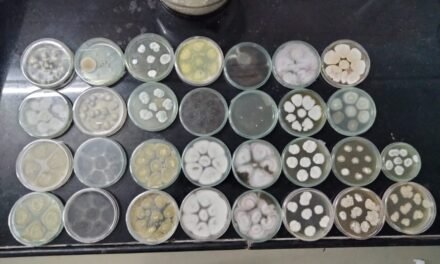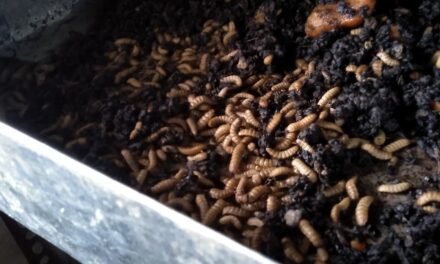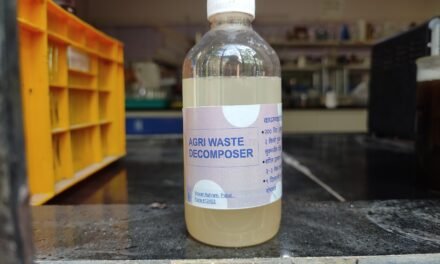Need of Project:
In Barber shop/ beauty saloons, huge quantity of wastes especially hair, are produced daily that is usually put in garbage and ultimately ends up in landfills. The disposal of these hair is a big problem as they do not decompose easily because it takes hundreds of years to decompose when buried in the soil and when happens to decompose in the landfills, it increases the probability of nitrate leaching into the ground water.
In urban areas or areas with high population density, it often accumulates in large amounts in the solid waste streams and chokes the drainage systems, posing a multifaceted problem. Burning of human hair or the waste piles containing them -a practice observed in many parts of the world – produces foul odor and toxic gases such as ammonia, carbonyl sulphides, hydrogen sulphides, sulphur dioxide, phenols, nitriles, pyrroles, and pyridines. Open dumps of hair generate hair dust which causes discomfort to people near them and, if inhaled in large amounts, can result in several respiratory problems. Oils, sweat, and other organic matter sticking to the hair rot over time and become a source of foul odor and breeding ground for pathogens.
Objectives:
- Try cow dung as a source of microbes with 5 variations in Hair:Cowdung ratio.
- Vermiculture and cow dung assisted for decomposition.
- Use of Vermi wash and Jaggery as microbiological culture.
Idea / Technology to Achieve Objectives:
- Hair contains Keratin, a fibrous structural protein that is hard and insoluble in most substances Keratin makes it difficult for hair to decompose easily. An enzyme present in the gut of the earthworm breaks down Keratin.
- In the atmosphere, hair decomposes very slowly, but moisture and keratinolytic fungi present in soil, animal manure, and sewage sludge can degrade hair within few months.
- Chemical Decomposition: Acid/ Base hydrolysis of human hair could be a viable option coupled with vermiculture and cowdung.
” When I started working on this Project, my first step towards project was to study the Literature available on Human hairs Management. From literature, I got some Information related to waste Human hair Decomposition. Cow dung, Black soil, Earth worms helps to decompose the Human hairs. But, in what ratio and how it can be used was not available. So I decided to undertake some Batches on ‘Trial & Error’ basis to find the appropriate condition, ratio of raw material and a defined procedure for Human Hair Decomposition.”
Trail 1:
To study the effect of Cow dung, Black soil on Human Hair. Cow dung and black soil contains Keratinolytic Fungi that can breakdown keratin in human hair and help in their in decomposition. The addition table for batch was as follows:
| Tray No. | Cow dung | Black Soil | Hairs |
| 1 | 500 g | – | 10 g |
| 2 | 500 g | 10 g | 10 g |
| 3 | 250 g | 250 g | 10 g |
| 4 | 250 g | – | 10 g |
The addition of cow dung, black soil and hairs was done as above table. After proper mixing, small cakes were made out of it as shown in the below picture and kept in tray. To maintain the moisture, every day the cakes were watered in such way that water should be absorbed by the cakes and flooding of water was avoided.
Trail 2:
According to the literature studied, after Acid/ Base hydrolysis of human hair could be a viable option coupled with vermiculture and cowdung. To observe the effect of cowdung, black soil on chemically treated human hair; trail batch 2 was undertaken as follows:
Procedure:
- For 4 trays, 40 g of hairs were taken in a stainless steel cooker.
- 15 ml of vinegar (as acid) and water was added to the cooker in order to cook the hair at a low flame.
- The hairs were allowed to cool.
- The water was drained from the cooker, the weighed of hair was taken. The hairs were divided into 4 equal parts and taken into 4 different trays.
- Addition of cow dung and black soil was done in each tray as following addition table.
- After proper mixing, small cakes were made out of it as shown in below pictures.
- To maintain the moisture, every day the cakes were watered in such way that water should be absorbed by the cakes and flooding of water was avoided.
| Tray No. | Cow dung | Black Soil |
| 1 | 500 g | – |
| 2 | 500 g | 10 g |
| 3 | 250 g | 250 g |
| 4 | 250 g | – |

Hairs in a Cooker 
Vinegar







